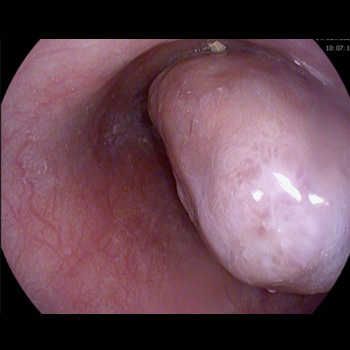Keywords
Vancomycin, domiciliary antibiotic continuous infusion, Rhodococcus equi, home hospitalisation, immunocompromised patient
Abstract
Background: Rhodococcus equi is a Gram-positive microorganism that causes infections, particularly in immunocompromised patients. Treatment duration can be prolonged. While vancomycin is an effective drug in this scenario, its use may lead to renal damage. Studies have shown that continuous vancomycin infusion appears to be a safe strategy in terms of adverse effects compared to bolus administration.
Case description: We present the case of a 71-year-old female liver transplant recipient. After being diagnosed with a mediastinal infection caused by Rhodococcus equi with poor response to initial therapy, she required 12 months of continuous intravenous domiciliary infusion of vancomycin combined with oral levofloxacin and rifampicin. There was no drug-related complication throughout the follow-up.
Conclusions: The use of continuous vancomycin infusion has emerged as a safer, more efficient, and cost-effective alternative to intermittent administration. We want to emphasise the uniqueness of this case, where despite the unprecedented treatment duration, no adverse effects occurred.
References

Views: 350
HTML downloads: 35
PDF downloads: 197
Published:
2024-01-12
Issue:
2024: Vol 11 No 2
(view)










